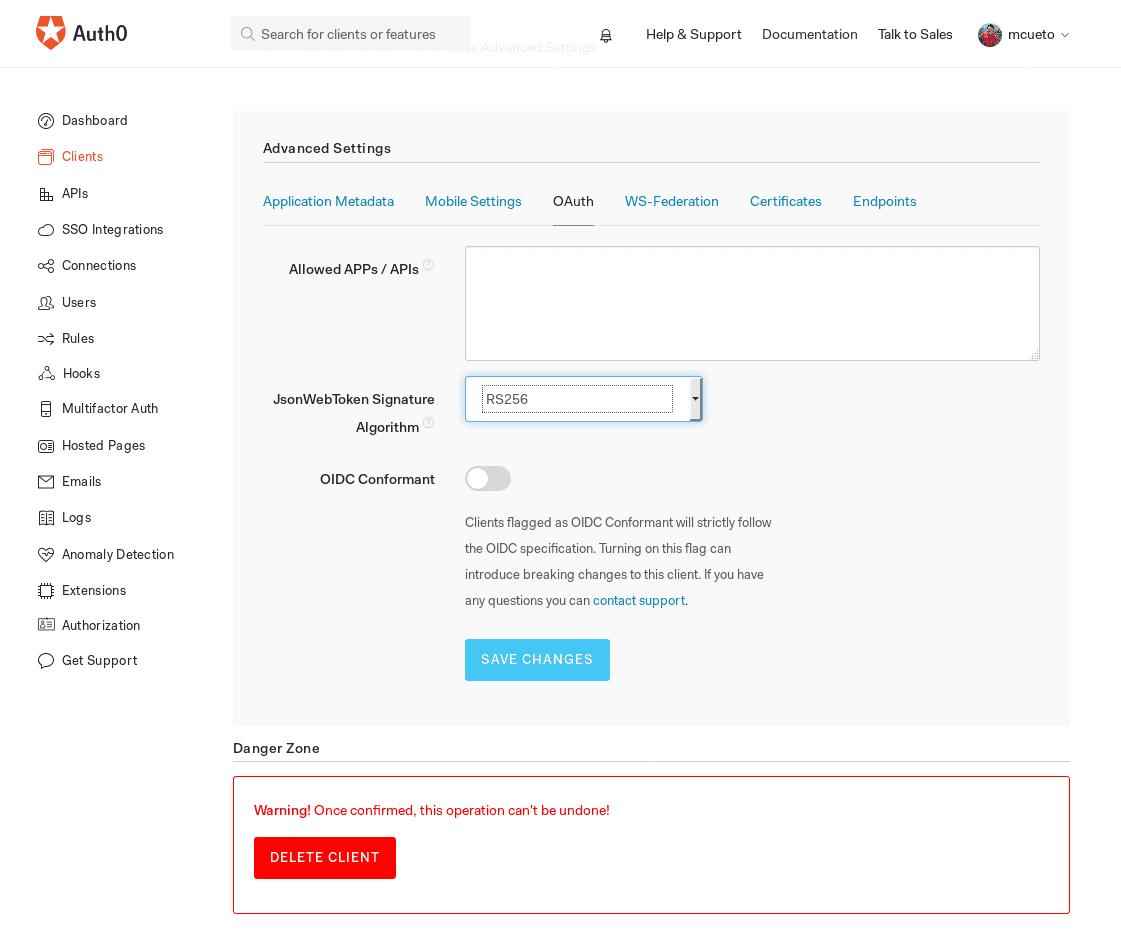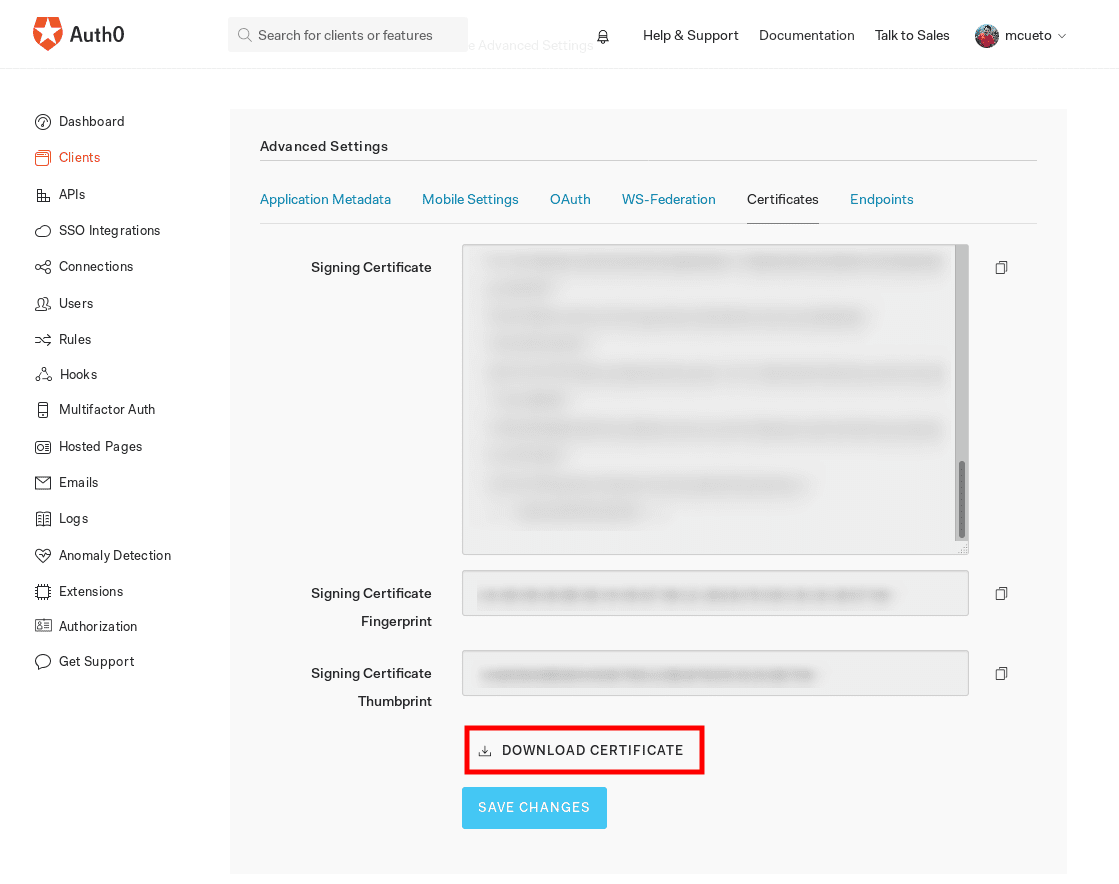Sample Django project for djangorestframework-auth0 library usage.
- Clone this repository::
git clone https://github.com/mcueto/djangorestframework-auth0_sample.git- Go into the project folder::
cd djangorestframework-auth0_sample- Copy
.env.distto.envand set it's env vars content
cp .env.dist .env- Install requirements with pip:
pip install -r requirements.txt- Migrate:
python manage.py migrate- Run:
python manage.py runserver- Use:
curl -X POST -H 'Content-Type: application/json' -H 'Authorization:JWT <your_access_token>' -d '{"text":"New todo"}' http://localhost:8000/api/todos/If you want to use an RS256 keypairs to verify your users, you must to do:
-
Move your certificate to the rsa_certificates folder (only to keep things in order)
-
Append
cryptographytorequirements.txtand pip install it. -
Add the following imports to your settings.py file
from cryptography.x509 import load_pem_x509_certificate
from cryptography.hazmat.backends import default_backend
- Read your certificate before assing it to the settings
certificate_text = open("rsa_certificates/certificate.pem", 'rb').read()
certificate = load_pem_x509_certificate(certificate_text, default_backend())
certificate_publickey = certificate.public_key()
- Configure your certificate in your Django App
AUTH0 = {
'CLIENTS': {
'default': {
'AUTH0_CLIENT_ID': '<AUTH0_CLIENT_ID>',
'AUTH0_AUDIENCE': 'AUTH0_AUDIENCE',
'AUTH0_ALGORITHM': 'RS256', # default used in Auth0 apps
'PUBLIC_KEY': certificate_publickey,
}
},
'MANAGEMENT_API': {
'AUTH0_DOMAIN': '<AUTH0_DOMAIN>',
'AUTH0_CLIENT_ID': '<AUTH0_MANAGEMENT_API_CLIENT_ID>',
'AUTH0_CLIENT_SECRET': '<AUTH0_MANAGEMENT_API_CLIENT_SECRET>'
},
}
NOTE: for MANAGEMENT_API usage you need a m2m clientconfigured in Auth0 with Authorization to use Auth0 Management API API
You can view a full configuration file for RS256 in the RS256 branch
When you set RS256 as the algorithm, both AUTH_CLIENT_SECRET and CLIENT_SECRET_BASE64_ENCODED settings are ignored.
When you set HS256 as the algorithm, the PUBLIC_KEY and PRIVATE_KEY settings of your Client are ignored.

